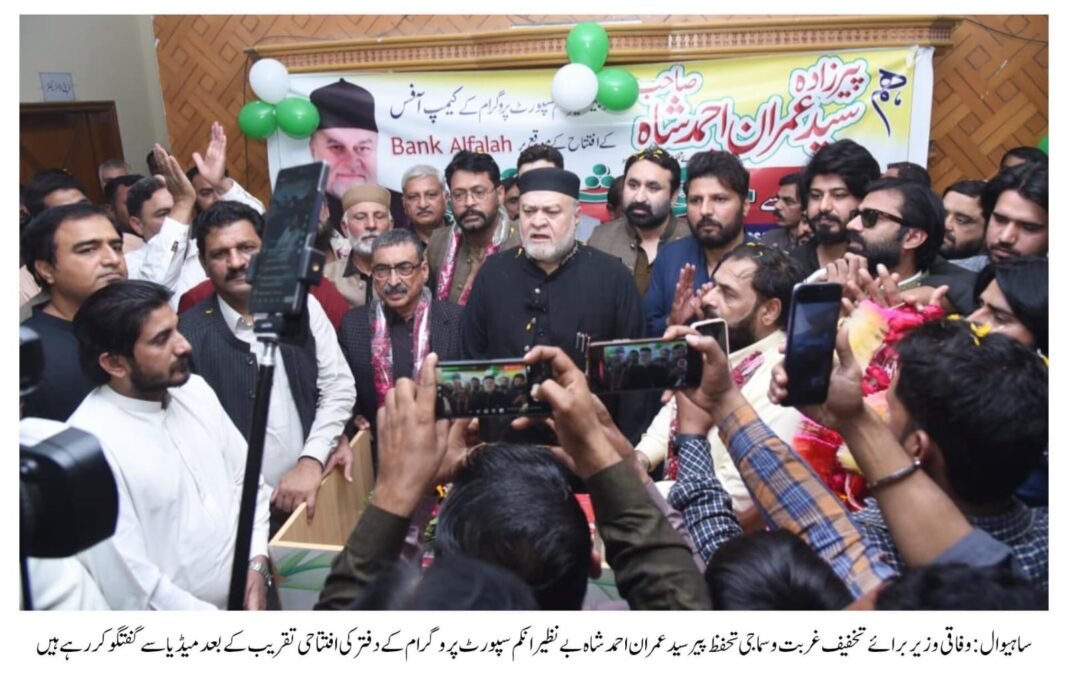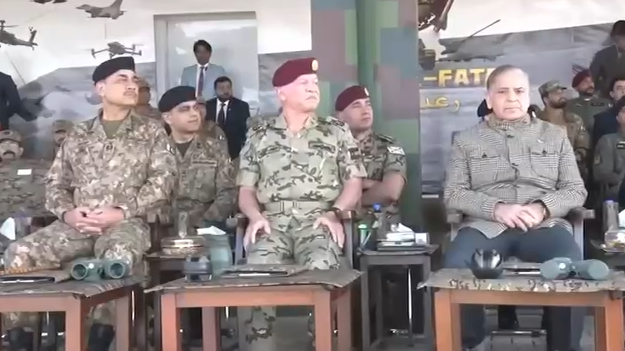On 15–16 November, Tashkent, Uzbekistan, will host the seventh Consultative Meeting of the Heads of State of Central Asian countries.
The gathering will center on advancing regional cooperation, accelerating joint initiatives across priority sectors, and reviewing key regional and international political developments.
A wide-ranging set of multilateral documents is expected to be finalized at the conclusion of the meeting. The concept of regular high-level consultations among Central Asian leaders was first introduced by the President of Uzbekistan during the 72nd UN General Assembly in September 2017. Since assuming the chairmanship, Uzbekistan has overseen more than 20 significant events covering various areas of regional cooperation.
Central Asia is now entering a pivotal and promising phase in its modern history. A region once marked by divisions, closed borders, and long-standing mistrust is steadily evolving into one defined by open dialogue, solidarity, and mutually beneficial partnership.
President Shavkat Mirziyoyev’s article, “Central Asia on the Verge of a New Era,” released ahead of the summit, has been widely acknowledged as a landmark document. It coherently captures the region’s ongoing transformation and outlines the main directions for its future evolution.
The changes taking shape across Central Asia are anything but accidental. They reflect the deliberate political choices of regional leaders over the past seven to eight years, a vision aligned with the aspirations of their citizens, and the emergence of a new culture of cooperation built on trust. The states of the region are demonstrating that “we are nations bound not only by geography but by shared history and fate.”
A central theme of the President’s article is regional unity. Borders that once symbolized separation are now becoming pathways for cooperation. Concrete efforts—such as the legal demarcation of borders, equitable management of water and energy resources, and joint initiatives like Kambarata HPP-1, Zarafshan, and Fondaryo—illustrate a renewed regional mindset. These borders have evolved from simple geographic markers into symbols of confidence, friendship, and mutual respect.
Cooperation among Central Asian states has taken on deeper meaning due to the collective initiatives of their leaders. Uzbekistan’s approach—emphasizing an open economy, stronger ties with neighbors, transparent borders, and enhanced economic connectivity—has been instrumental in shaping a shared development strategy for the entire region.
As a result, trade within the region has risen consistently, investment conditions have improved, and numerous joint enterprises have been established in recent years.
Experts note that the region’s economic integration continues to strengthen. Green energy initiatives are deepening strategic interdependence, while Central Asia’s geographic location provides a natural advantage as a transit hub. Expanding regional transport corridors could significantly enhance the region’s position in global trade networks. International analysts highlight the “Middle Corridor,” initiated by President Mirziyoyev, as a project of major historical significance.
The Consultative Meeting format itself, launched in 2017, has played a crucial role in reshaping regional dynamics. It has created a political culture grounded in open, direct dialogue without external intermediaries. This approach has led to major breakthroughs in addressing long-standing issues related to borders, water, and energy.
The 2025 border delimitation agreement among Uzbekistan, Kyrgyzstan, and Tajikistan marked a milestone. Beyond resolving legal questions, it strengthened trust and reinforced the bonds among the region’s peoples.
As highlighted in the President’s article, the combined GDP of Central Asian countries has reached $520 billion over the past eight years, while regional foreign trade has more than doubled. Uzbekistan’s trade with neighboring states increased from $2.4 billion in 2016 to $7.2 billion in 2024.
Today, regional industry is expanding at an annual rate of approximately 6 percent—double the global average. This growth is fostering an economically interconnected space in which the success of each country contributes to the prosperity of all.
International partners are increasingly viewing Central Asia not as a cluster of individual states but as a coherent regional bloc. This shift is opening new opportunities for investment and paving the way for major transport and energy projects.
The region’s perspective on Afghanistan has also undergone a significant shift. It is now regarded “not as a challenge but as an opportunity,” representing a profound transformation in security thinking. The Trans-Afghan Railway, designed to link Central Asia with South Asia, stands as a major strategic initiative in this context.
In conclusion, the developments underway in Central Asia are neither coincidental nor spontaneous. They stem from strong political resolve, a shared desire for regional unity, and collective confidence in a common future.
This evolving political environment provides the foundation for lasting peace and prosperity. As President Shavkat Mirziyoyev emphasized, unity today is not only a moral principle but a strategic necessity.


